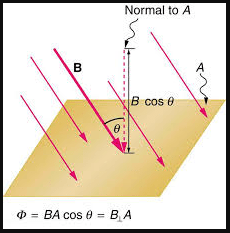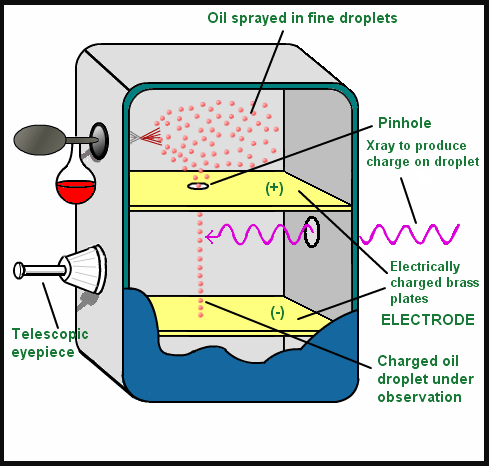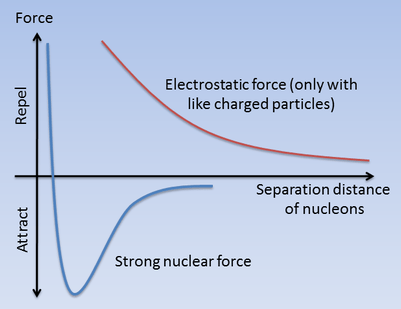Definitions for Module 6 – OCR A Physics
Units

Tesla
The S.I. unit for magnetic flux density;
Equivalent to 1 newton per ampere per metre
Weber
The S.I. unit for magnetic flux
Farad
Coulomb per volt
Quantities/ Definitions

Electric field strength
Force per unit positive charge
Magnetic flux density
Is the force per unit current per unit length;
Magnetic flux
Magnetic flux density multiplied by the area (perpendicular to field direction)
Magnetic flux linkage
Magnetic flux multiplied by the number of turns
Capacitance
Charge per unit potential difference
Time constant of a circuit
Time taken for current/charge/voltage of a discharging capacitor to fall to 37% of its original value (equal to the product of capacitance and resistance
Proton number
Number of protons in the nucleus of an atom (a.k.a. atomic number)
Nucleon number
Number of neutrons and protons in the nucleus of an atom (a.k.a. mass number)
Activity
The rate of decay of nuclei in a radioactive sample
Decay constant
Probability of a decay of a nucleus per unit time
Half life
The mean time taken for half the number of active nuclei in a radioactive sample to decay
Binding energy
Minimum energy to separate protons and neutrons of a nucleus
Binding energy per nucleon
The total binding divided by the number of nucleons in a nucleus
Intensity
power per unit cross-sectional area

Concepts

Faraday’s law of electromagnetic induction
The induced e.m.f. is proportional to the rate of change of magnetic flux
Lenz’s law
The induced current or e.m.f. is in a direction so as to produce effects which oppose the change producing it
Isotope
A version of an element with a different number of neutrons (but the same number of protons and electrons)
Piezoelectric effect
The application of a potential difference across a crystal causes a vibration
Compton effect
When an X-ray photon interacts with electron; the scattered photon has a longer wavelength and the electron is ejected
Doppler effect
The change in the frequency and wavelength of a wave caused by the relative movement between source and detector

Nature of Radioactive Decay:

- random – cannot predict when or which nucleus will decay next
- spontaneous – decay cannot be induced
Nature and Range of Fundamental Forces Acting on Nucleons:
- electrostatic force – repulsive between protons, no effect on neutrons; long-ranged
- gravitational force – attractive; long-ranged
- strong nuclear force – attractive; short-ranged

Principals of Positron Emission Tomography (PET):

- electrostatic force – repulsive between protons, no effect on neutrons; long-ranged
- gravitational force – attractive; long-ranged
- strong nuclear force – attractive; short-ranged

Principals of a CAT Scan:

- electrostatic force – repulsive between protons, no effect on neutrons; long-ranged
- gravitational force – attractive; long-ranged
- strong nuclear force – attractive; short-ranged

Principals of Ultrasound Scanning:

- electrostatic force – repulsive between protons, no effect on neutrons; long-ranged
- gravitational force – attractive; long-ranged
- strong nuclear force – attractive; short-ranged


You must be logged in to post a comment.